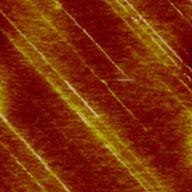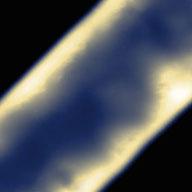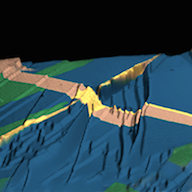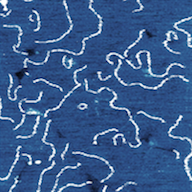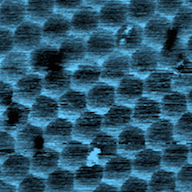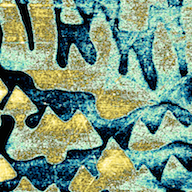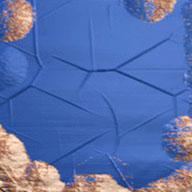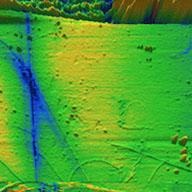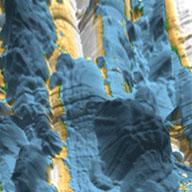7.5 nm HgTe/CdTe Quantum Well
MIM image of a 7.5 nm HgTe/CdTe quantum well at 4.7 K and 9 T. Surprisingly, the edge conduction, previously predicted to disappear in a magnetic field, persists. Scan size: 7 μm (Nature Communications 6, 7252 (2015) – http://www.nature.com/ncomms/2015/150526/ncomms8252/full/ncomms8252.html)
